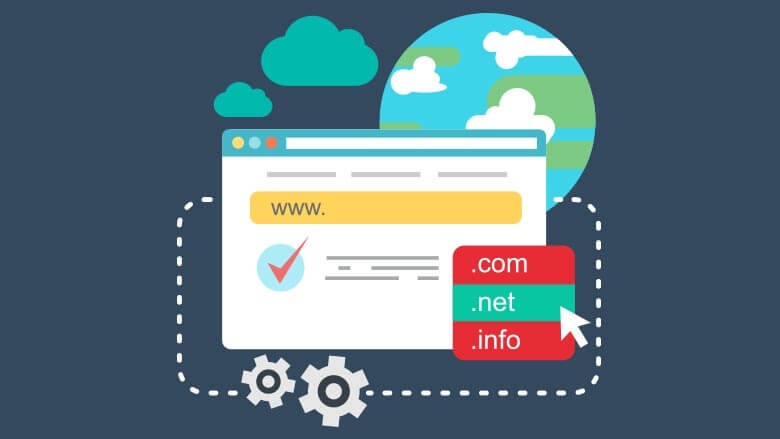
A premium domain sits where memory, trust, and recall meet. Many founders type in a purchase domain in a search box and pick the first available option. That choice can work for side projects, yet it often feels thin once growth begins. Paying more up front can look wasteful, although a precise name may return its worth through clarity and lower friction.
This article explains how premium names support brand building, reduce operational drag, and lower avoidable risk over time. Examples reflect Indian use cases and practical steps you can adapt today with minimal risk.
What Makes a Premium Domain Different?
As you purchase domain for a serious project, note that a premium name usually has one or more of these qualities:
- Short, simple, and easy to pronounce in Indian languages
- Clean history with a healthy backlink profile and no spam signals
- Spelling that matches how people speak, not how a dictionary writes it
- Category relevance that sets context before any ad spend
- High recall in everyday use
None of these points promise outcomes. They simply reduce noise when you begin to earn attention.
How a Strong Name Can Pay Back
Consider a Delhi boutique that relocates from a long, hyphenated address to a single, common word. Staff spend less time spelling the URL on calls. Fewer misspellings land on search results. A Pune SaaS chooses a crisp two-word .in that mirrors its product idea. Sales teams report shorter email exchanges to confirm the address, a small but clear example of the benefits of domain consolidation in practice.
These results vary. The pattern is simple. A name that people can say, spell, and share without effort often reduces small losses across the funnel.
Benefits of Domain Consolidation For Growing Teams
Owning multiple brands or micro-sites can scatter focus. Consolidation may help in these ways:
- Central control of DNS, renewals, and contacts, which reduces lapses.
- Cleaner security posture with aligned policies and fewer forgotten logins.
- Portfolio hygiene by parking defensive names under one roof.
- Consistent naming across email, support portals, and campaign pages.
- Easier analytics since traffic rolls into fewer properties.
- Simpler legal oversight with clearer ownership records.
Migration needs a plan. Map redirects, review legacy backlinks, and update ads, listings, and email signatures. Move in stages and monitor for errors.
A Practical Path to Premium
If a desired name is taken, consider a patient approach:
- Shortlist realistic variants that keep the meaning intact
- Check for obvious trademark conflicts under Indian law
- Review historical use in basic public archives and cached pages
- Estimate a fair range using independent guides and past sales
- Negotiate with courtesy, and be ready to walk away
- Use a secure payment route with clear contracts
Keep your team aligned. Finance, legal, and marketing will see the purchase differently. Agreement on the purpose prevents backtracking later.
When a Premium May Not Be Essential
New ideas change fast. If positioning is still fluid, a sturdy interim name can serve as a placeholder while you refine the story. Move to a premium option when messaging, channels, and budgets feel stable. A temporary choice does not ruin the future. It buys you time to learn.
Final Thoughts
Premium domains are not magic. They reduce the friction that would otherwise require time and energy. When viewed as a five-year asset, the cost is spread across thousands of visits, emails, and conversations. Track the small wins, such as fewer spelling mistakes or shorter sales loops, and compare them with the holding cost. If the numbers feel sensible, the label investment begins to make sense.
